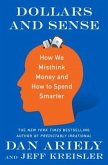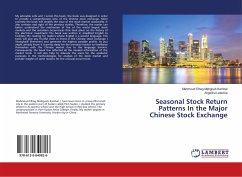The purpose of this work is to provide an overview of the existing sector rotation investment strategies and to present a newly discovered pattern in this field. In the finance literature, a huge variety of indicators have been used to predict relative sector strength, such as moving average convergence divergences, monetary policy shifts, industry-wide P/E ratios and multivariate Bayesian processes. As never discussed before, this thesis finds evidence that, after the financial crises in 2008, there has been a cluster of events during which the irrational outperformance of a single sector was able to pass on momentum to other sectors. This phenomenon differs from the simple appearance of fundamentally justified market leading sectors. The pattern rather suggests the existence of irrational torsion movements instead of rationally explainable rotation movements among monthly industry returns.
Bitte wählen Sie Ihr Anliegen aus.
Rechnungen
Retourenschein anfordern
Bestellstatus
Storno








